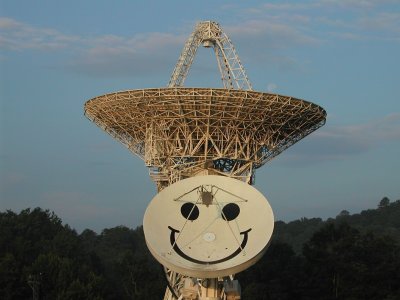Archives
All posts for the month January, 2020

Professional astronomers spend a lot of time on reading other astronomers’ research to learn what’s going on in the field and to incorporate new, best results into their work.
Traditionally, that research is officially presented to the astronomical community in the form of a peer-reviewed article printed (or at least hosted) in a professional astronomical journal, such as “The Astrophysical Journal“, “The Astronomical Journal“, or the venerable “Monthly Notices of the Royal Astronomical Society“.
However, scientific research articles are very unlike newspaper or magazine articles — they don’t usually employ a narrative structure, and they include confusing words and references. Consequently, it can be hard for people new to the field to read and understand them.
So in response to insightful requests from my students, here’s a short primer about how to read astronomical research articles. A lot of this information probably applies to all scientific articles, but there are also some aspects unique to astronomical articles. If you have suggestions to improve this post, don’t hesitate to contact me.
Continue Reading